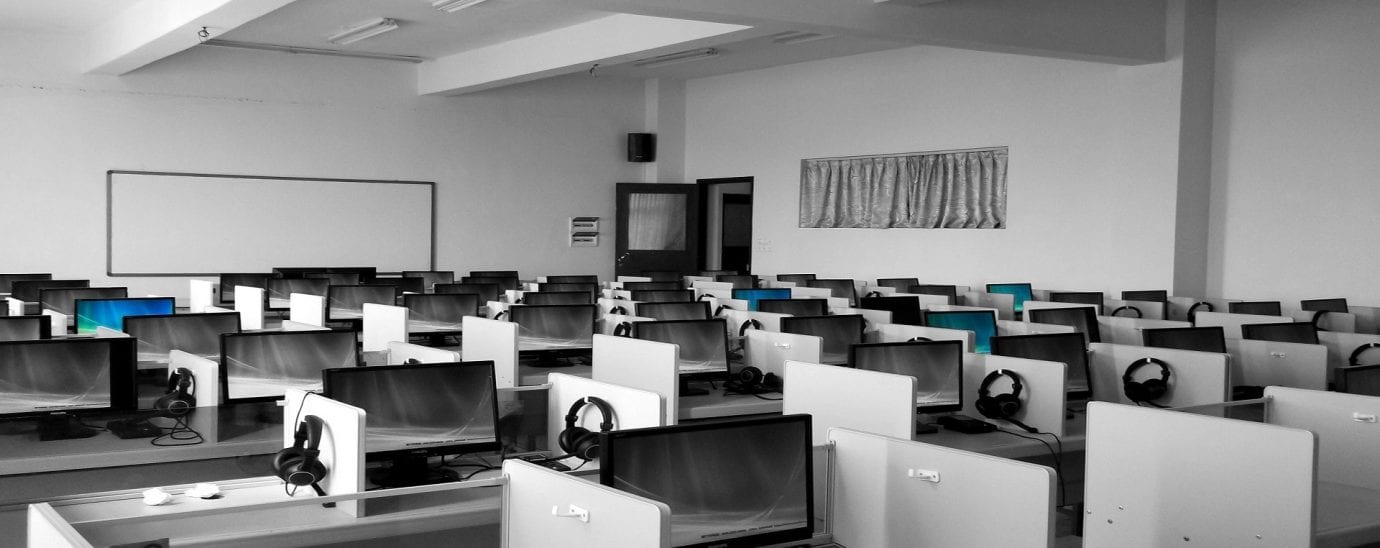Do your staff really have to return to the office? How to make homeworking ‘work’

Tamas Kadar, founder and CEO of SEON, looks at how businesses can effectively implement remote work.
From early in the pandemic to more recently, when returning to the office has been a possibility, a debate has been bubbling under the surface of the business community and the people they employ: should we return to the office?
One side points to the clear advantages of home working: commuting has been shown to cause psychological stress and harm physical health, offices are often sites of distractions and petty grievances, home working allows for much greater work-life balance and so on. The other side says that offices allow for collaboration, that workers are ‘secretly pining for their work colleagues’, and even that they actually enjoyed their commute.
The jury is still out on whether home working affects productivity – it is likely down to each individual business, and quite possibly each individual employee. Some will be able to make homeworking work better than others, some may be more engaged in office culture. At SEON we have had no choice about making remote working work: we are a company with nearly 100 employees spread across Europe and the US and throughout our history, we have been working remotely. While larger global companies will have large regional offices that function like companies unto themselves, in which there is often no need to collaborate with colleagues overseas, startups and SMEs with a global footprint, are used to working via email, Slack and Zoom.
While we do have some level of specialisation amongst our offices (Budapest handles R&D, London is our HQ and commercial centre), the day-to-day reality has always been collaborating with colleagues across the world. It has led to years of profitability, over 5,000 big-name clients, investment by a major venture capital firm and expansion to the US, so clearly remote working can work. But how have we made it work? And how can your company adjust to a workforce that is all or partly working from home?
Trust your employees
Some argue the modern open-plan office lowers productivity and employee morale. They produce more interaction between employees, but less meaningful interaction, and force employees to erect an imaginary ‘fourth wall’ to reduce distractions and get things done. They can be argued as especially bad for neurotypical employees, who are over-represented in tech companies like our own. In fact, returning to cubicles or even the 1950s standard of every employee having their own office could increase worker happiness and productivity.
However, open-plan offices do have a key advantage: they allow employers to see who is working and who is scrolling Facebook or chatting with colleagues. For employers who do not trust their employees, who see an antagonistic relationship between themselves and the people working for them, this is ideal for them and home working is a terrifying concept. We strive to have an honest and transparent company culture where we do not need to be cracking the whip to make sure that work is done, and that has meant that when we work remotely, we do so easily.
Hire leaders
Following on from that, it is vital to hire employees that are worthy of that trust. We are lucky in that what we do is by its nature exciting – using artificial intelligence to battle cyber-criminals sounds like something from a William Gibson book – so it is easy to find people who enjoy the challenge of what we do and will want to do it no matter where they are.
Because bosses and supervisors have less oversight over each worker, those workers need to be able to prioritise their own workload and take initiative. Employers need to hire people with leadership qualities even if they are not in leadership roles because those qualities will directly translate to success when working from home.
Cut down on admin
As organisations grow so does the paperwork, and this makes working from home much more difficult, as well as driving away from the kind of people who would thrive in an environment characterised by responsibility and autonomy.
The burden of administration and unnecessary manual reporting falls particularly hard on staff who are hired to perform specific highly skilled tasks such as coding, and it is these staff members, who know what to do and how to do it, who are particularly suited to working from home. Less senior employees might benefit from the scaffolding that the admin attempts to create, but it may also slow down their progress if they are used to learning independently.
Always have the office as an option
None of this is to say that the office is going to disappear. We have seen very few companies decide to work completely remotely, even though doing so could potentially save them a lot of money and allow them to hire from a much larger talent pool. There are plenty of things that can only happen in offices, everything from all-hands meetings to birthday celebrations, and times when working at home just is not conducive to productivity (you can be assured that plenty of office workers will opt for air-conditioned offices over their apartments during a summer of unprecedented heatwaves). Having the office as an option, allowing workers to use as they please providing their work is not affected, seems to be the way that many companies will be working in the future.
READ MORE:
- Overcoming SaaS chaos: how to pave the way for the future of work
- Many organisations get cloud migration wrong. Here’s how to get it right
- Wealth management industry leads way with AI technologies
- Founder Feature: Neil Purcell, founder and CEO, Talent Works
We are far from the only company that has thrived while remote working was the norm. We have seen a number of companies like Apple and Hubspot switch to a hybrid model, with allowances for neurodiverse employees to work at home more. In short, the genie is out of the bottle when it comes to home working. We have seen that for many companies there is no reason that it will necessarily harm the overall quality and quantity of work, that it has many benefits to employers and employees alike and that with some adjustments the home can replace the office.
For more news from Top Business Tech, don’t forget to subscribe to our daily bulletin!
